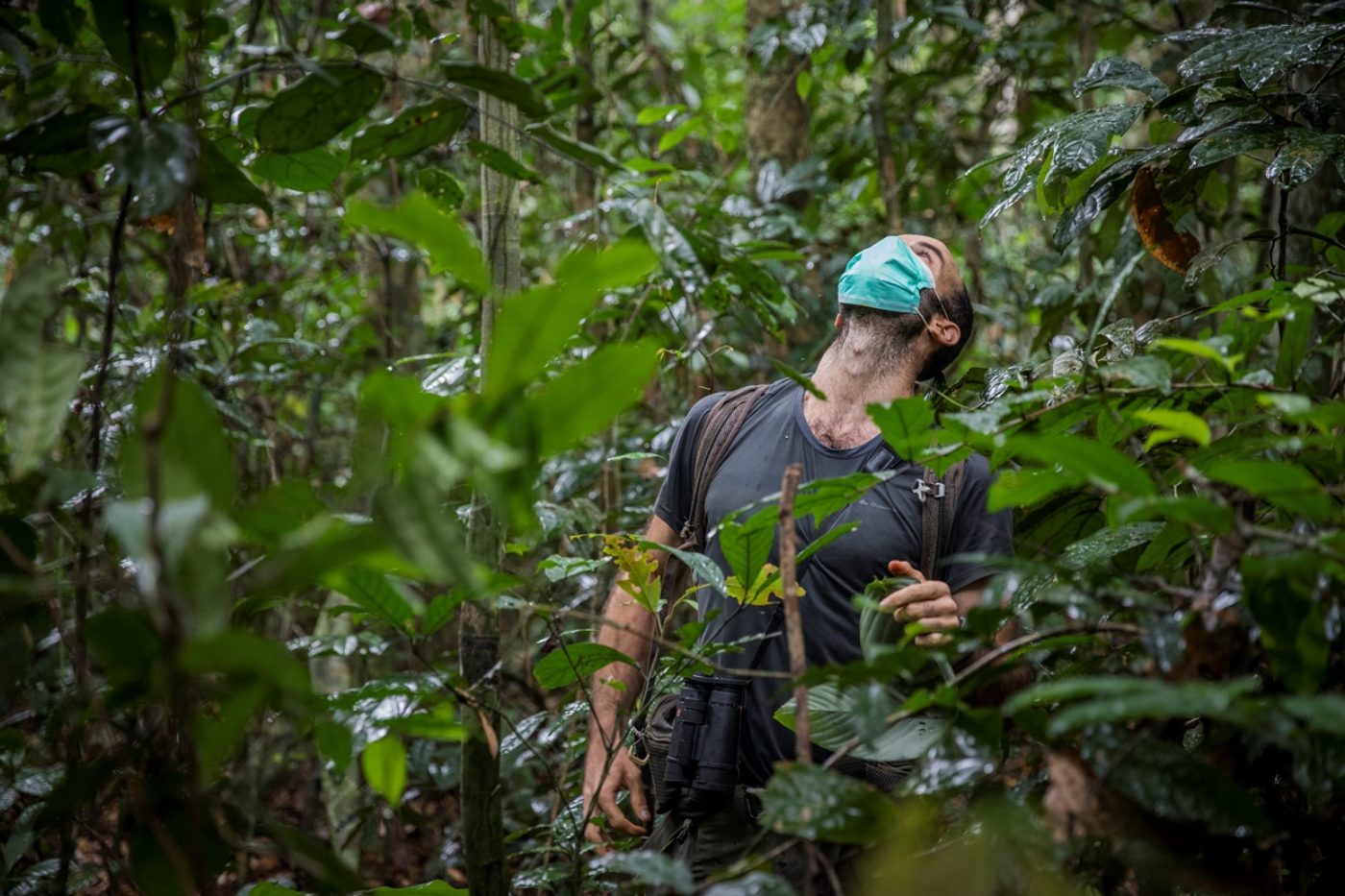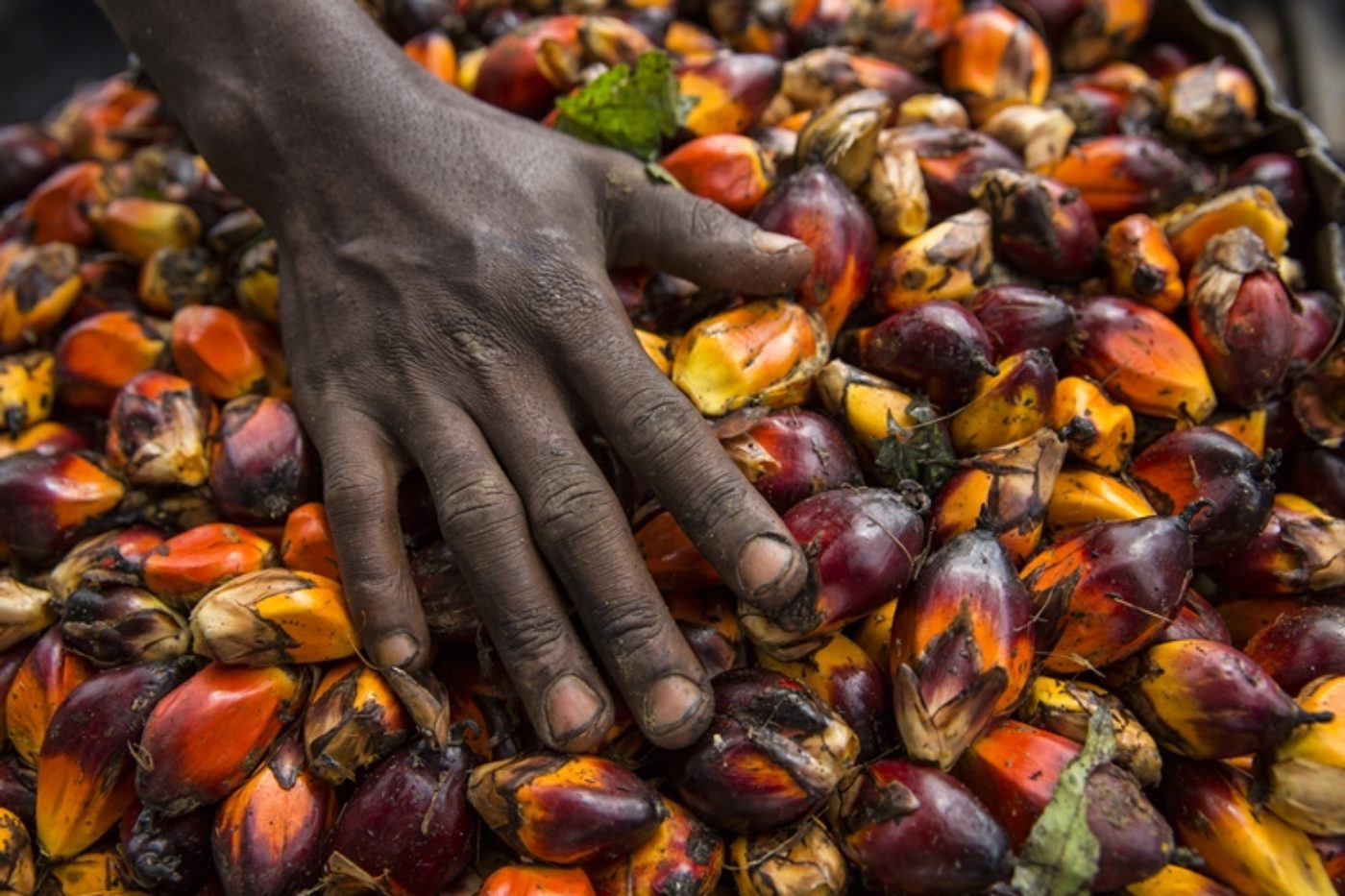Salonga National Park is co-managed by the Congolese Institute for Nature Conservation (ICCN) and the Worldwide Fund for Nature (WWF).
Salonga National park was included on UNESCO’s List of World Heritage in Danger over 15 years ago.
In 2005, WWF and other partners launched a program to support ICCN in reducing the level of degradation of natural resources in Salonga National Park. Still the number of animals continued to decrease. In response, the co-management was launched to tackle Salonga’s many challenges and ensure a stronger work relationship with the local communities.
Today the strategic management of the park is led by a Steering Committee (CPPNS) comprised of ICCN, WWF, donors and partners. CPPNS is the main organ of the park’s strategic governance.
In the Site Coordination Committee (CoCoSi), local communities, administrations and provincial governments join forces to review work results obtained and discuss guidelines and projects for community conservation and rural development.
Finally, a team assembled in a “management unit” (UGPNS) ensures the development and implementation of an annual management program. UGPNS also ensures the implementation of the guidelines adopted by the CPPNS and CoCoSi, as well as the corrective measures requested by the UNESCO World Heritage Committee.
Operational Structure and Staffing of Salonga National Park
In total, the team of Salonga National Park has about 30 WWF administrative and technical staff. They work in different offices in Monkoto, Oshwe and Kinshasa; ICCN has a dozen administrative and technical employees, located in Monkoto. There are 250 eco-guards, who work from 6 ranger stations of the park: Monkoto (located east of the southern block), Mondjoku (west of the northern block), Yokelelu (east of the northern block), Watsikengo (north of the northern block), Anga (south of the southern block) and Mundja (northwest of the southern block), and several dozen permanent and temporary patrol posts.
33.500 km²
Largest forest national park in Africa and larger than Belgium.
95%
Almost 95% of the landscape is covered by forest.
40%
The park potentially holds 40% of the world bonobo population.












